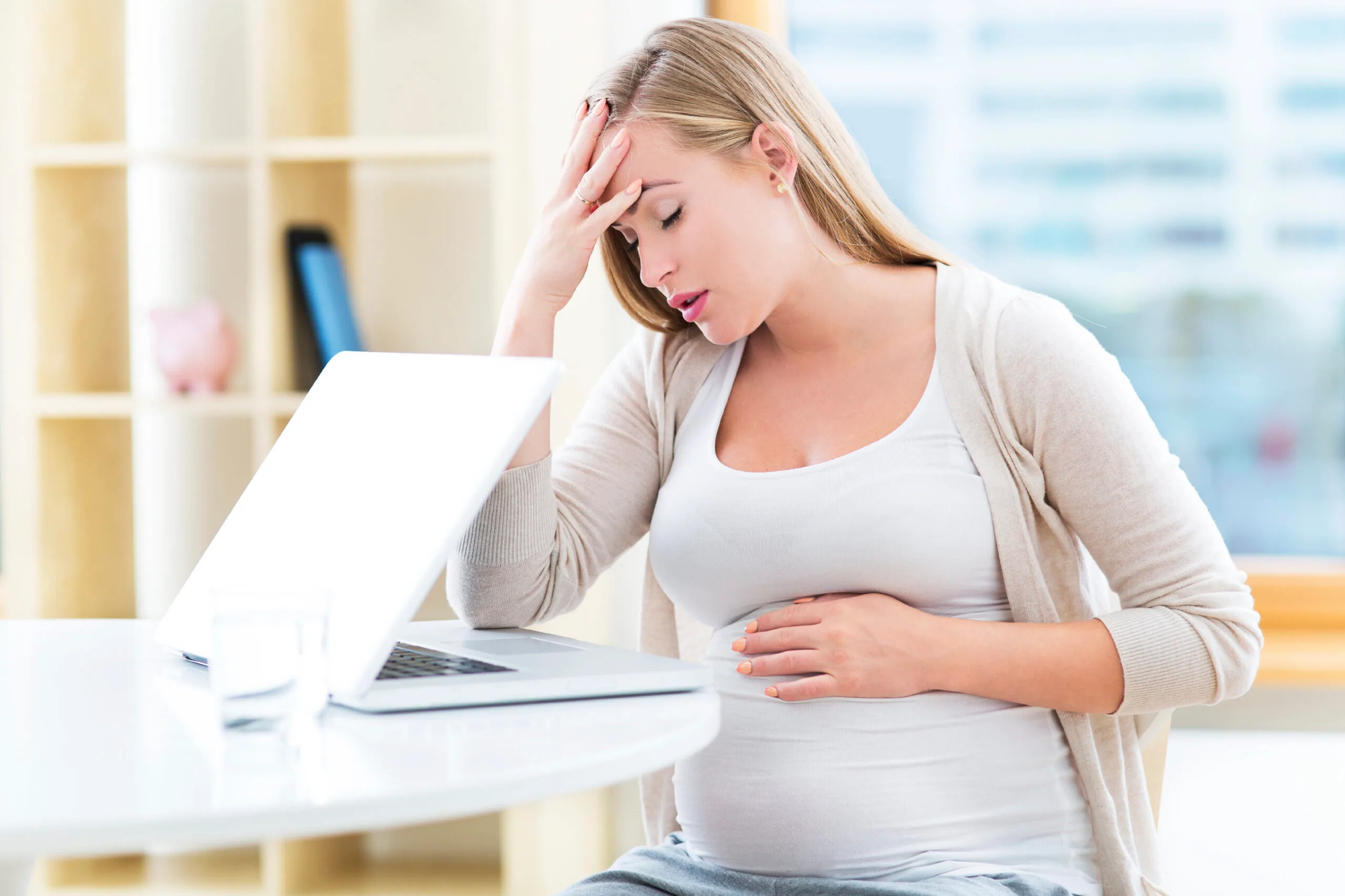What is Enuresis or Incontinence?
Enuresis (incontinence) is a condition in which the urinary sphincter does not act voluntarily or has an uncontrolled leakage of urine. In this article we will explain the types of Urinary Incontinence or Enuresis. Incontinence is a common and very tormenting problem that most people do not even discuss with other people. It has been identified as the most important issue in adult health care. The main causes of incontinence are pelvic surgery, pregnancy, childbirth, menopause, urinary tract infection, vaginal infection, or irritation or constipation. When it lasts longer, it may be due to a weak bladder or pelvic floor muscles.
Types of Urinary Incontinence:
There are four types of Urinary Incontinence as follows.

- Stress incontinence also known as effort incontinence, is a condition in which the bladder leaks urine when there is stress in the abdominal area due to any physical activity such as sneezing, coughing, or laughing.
- Urge incontinence occurs when you have a strong and urgent need to urinate that is difficult to delay. You have a strong and sudden urge to urinate followed by an involuntary loss of urine. In this, the leakage of urine occurs when the bladder, and muscles squeeze or contract at the wrong time. The urge incontinence may result from, blood cancer, bladder inflammation, or something blocking the urine from leaving the bladder, bladder stones, infections, or nerve problems such as multiple sclerosis or stroke, or any kind of spinal cord injury.
- Overflow incontinence is a condition in which you urinate only a small amount since your bladder does not empty as it should, it gets too full. It then leaks urine later, even though you feel no urge to urinate. It occurs when the muscle of the bladder is not able to squeeze properly to empty the urine.
- Mixed incontinence is a symptom of both urge and stress incontinence. The common causes include pregnancy and childbirth, injury or surgery to the rectum, prostrate, or vagina.
Incontinence is not common but is treatable, it tends to affect women more than men. There are several ways to understand the severity of incontinence, including physical examination, urine sample, stress test, cystoscopy, urodynamic testing, and pad test.
It is very important to know that Incontinence or Enuresis is treatable. Many people feel embarrassed to discuss this issue in public, thinking that it is something common with ageing or an unavoidable problem. Talk to a medical practitioner immediately, if the above conditions disturb your daily activities. There are many different ways to treat incontinence considering the types, it can be treated by medications, lifestyle changes, and surgery.
Related blogs:
Effective cure to Postpartum Incontinence





